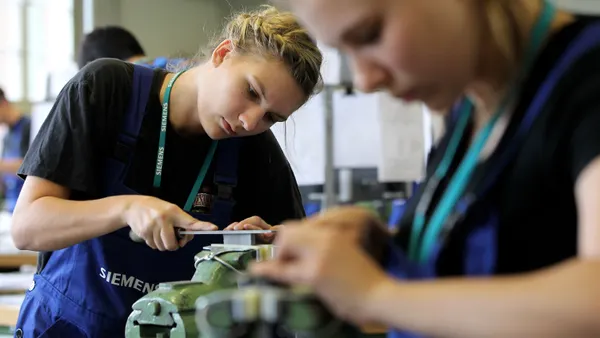It wasn’t a great day at Cox Enterprises. They weren’t going to release their new learning mobile application on schedule. The team wanted to be on time, but sometimes “not yet” is the only right thing to say.
At Cox Enterprises, one of the largest, privately owned companies in the United States, they put a premium on supporting personal development for their 55,000 employees.
That means moving forward, but not necessarily fast. Every solution they create must go through three primary gates before being approved, because the team knows how important it is to create a learning experience that users want to come back to.
These are the three testing “gates” they shared during their Perspectives 2020 case study.
1. QA Testing
First, Cox starts with traditional quality assurance testing. This QA is where system developers run standardized tests to make sure all of the functionality works as scoped by business stakeholders. During this process, Cox not only tests new functionality, but also aggressively tests existing functionality to be sure everything is still working as expected.
2. Individual UX Testing
Next, Cox sits down with individuals and conducts usability testing. User testing is both guided, where Cox is more direct about what users should do, and unguided, where little direction is offered. They let the user play around, and they observe how users figure things out (or don’t). This step is so important because it enables you to step into the shoes of your learners and their unique perspectives, which in turn enables you to better cater the experience to their needs.
3. Conference Room Pilots
Lastly, Cox performs what they call “conference room pilots.” In this phase, they get a bunch of different users in a room (some physically present, others dialing in), give them a little bit of guidance, and then let them navigate the solution to see where they go.
What’s great about this approach is the depth and breadth of different devices and operating systems you get, all trying to do the same thing at the same time. These insights are incredibly valuable; for example, in one such pilot, Cox discovered that many testers expected all available content to appear in their app, even when the resource wasn’t accessible on mobile. Cox was then able to integrate that feedback to create a more intuitive experience.
Apply insights as you go, and do it all again.
At each checkpoint, Cox doesn’t just test; they take time to incorporate what they’ve learned into the system. At the same time, they run regression analyses to ensure new introductions don’t break prior work.
And after that? Well, after incorporating all these insights, Cox runs its updated solution through the three gates all over again. It’s a slow, laborious process, but it’s necessary for creating an experience that learners love and come back to, again and again.
Want to hear more about learning, growth, and HR?
If you’d like to watch Cox Enterprises’s full video case study, or if you’d like to access more insights for learning, growth, and HR, check out all our free on-demand content from Perspectives 2020—our recent, global digital learning experience! It’s never too late to unleash your greatness.










